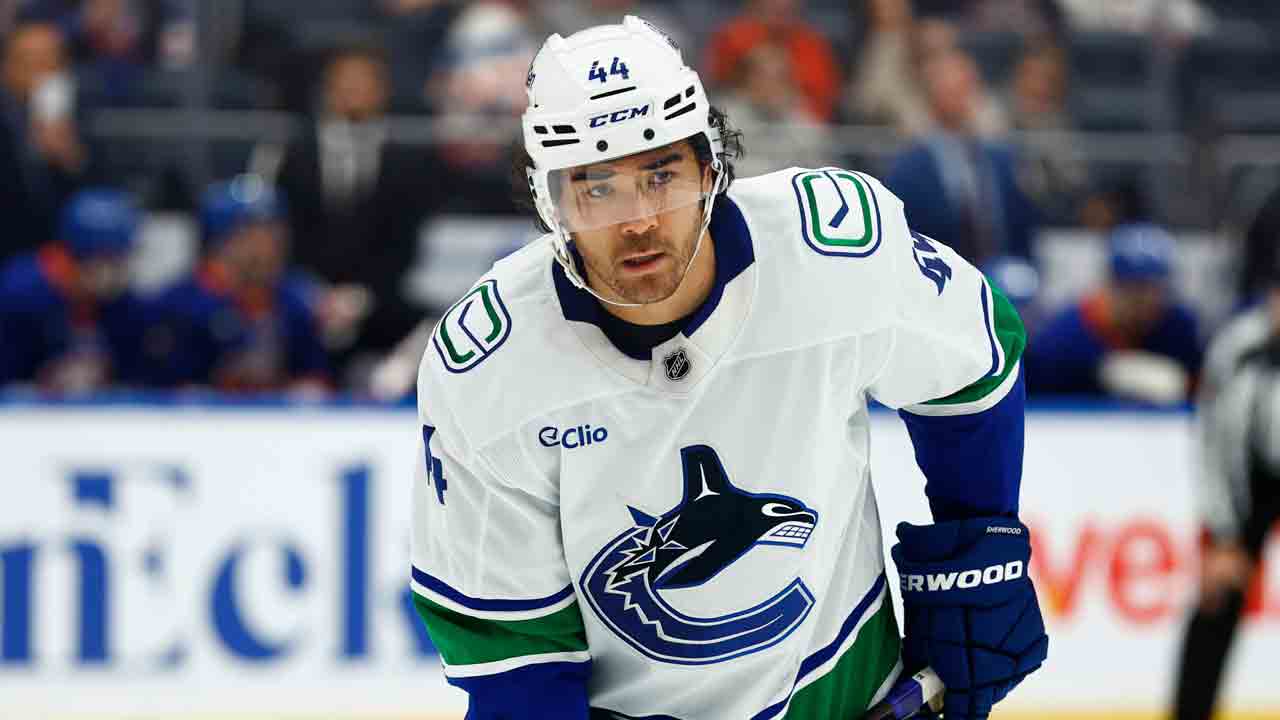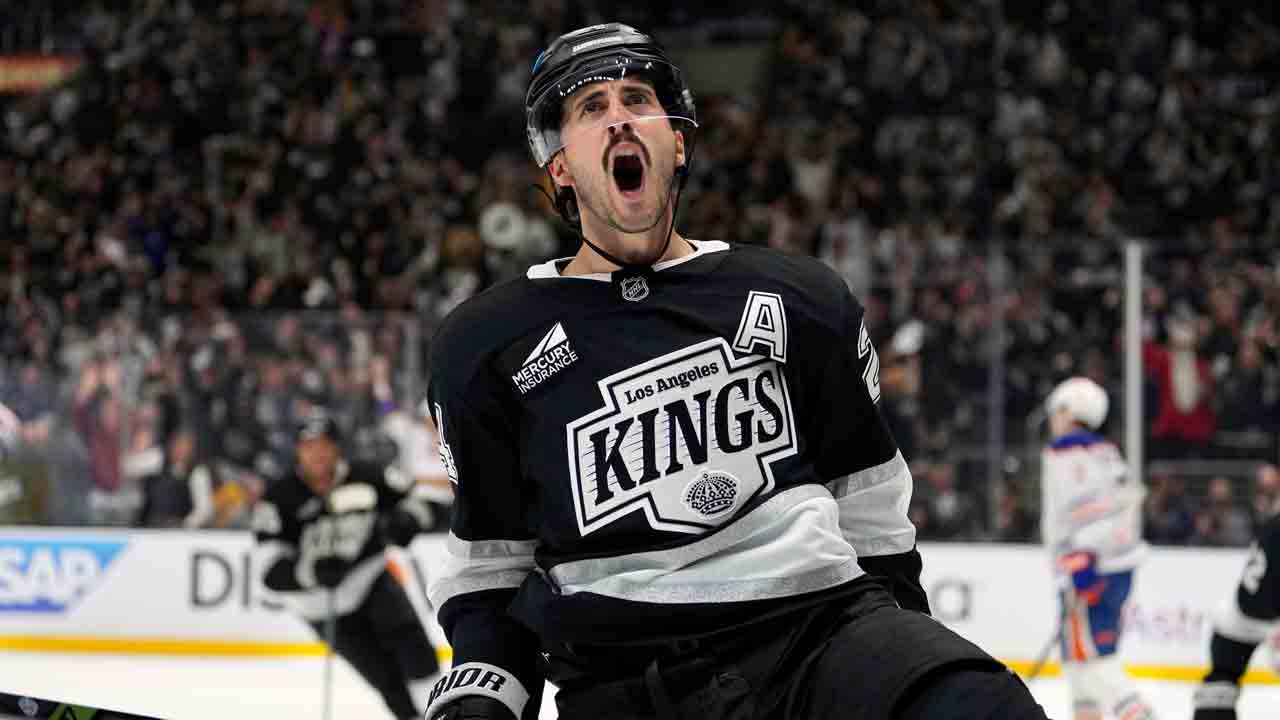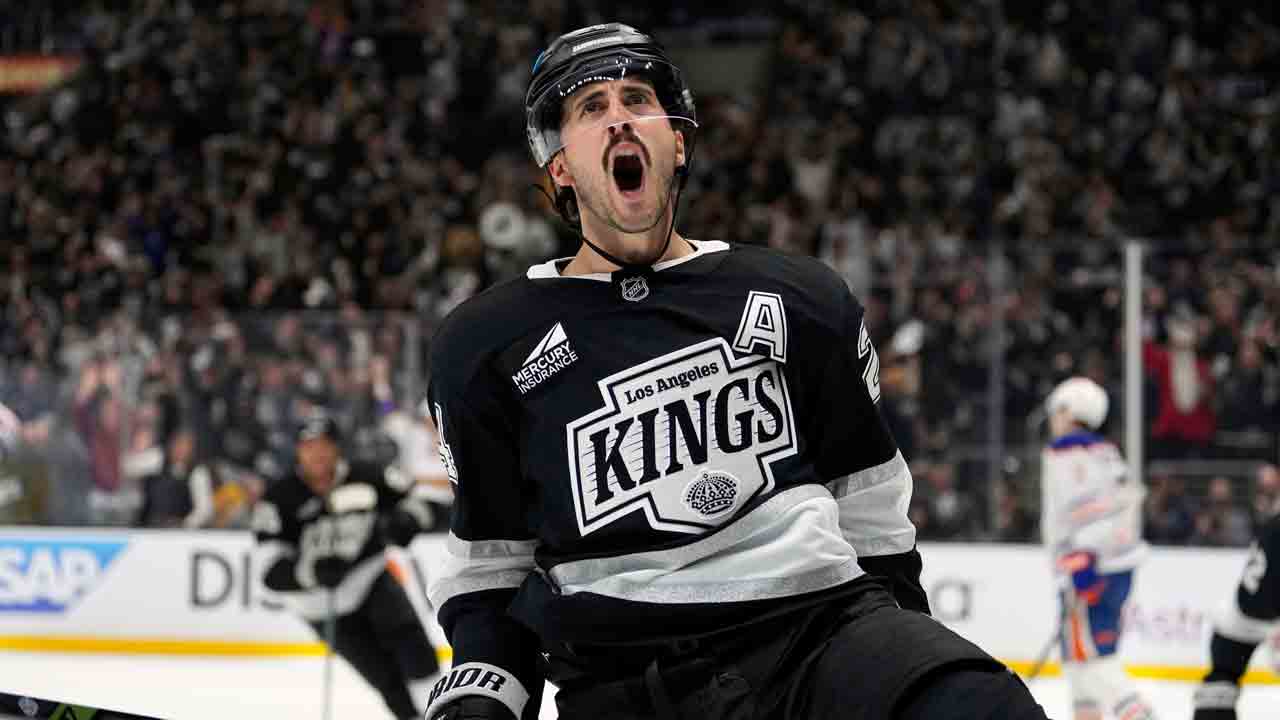
TORONTO — To this point in the season, the Toronto Blue Jays haven’t played badly. Even after two tough losses against the Yankees, they’re 24-18, in playoff position and playing at a 93-win pace.
And yet… doesn’t it feel like this group is capable of more? Maybe it’s a product of the Rays and the Orioles, who have both outplayed the Blue Jays early. Or maybe it’s recency bias with Sunday’s sloppy win followed by the deflating Yankees games. Either way, general manager Ross Atkins said Monday afternoon that he sees upside beyond what the Blue Jays have shown.
“I just see us getting better and better as a group,” he said. “Coming together better and being more and more consistent.”
With roughly three-quarters of the season remaining, there’s certainly time remaining. So, more specifically, what would that improvement look like? Let’s start on the active roster before looking elsewhere in the organization and — why not? — taking the earliest of early looks at the trade market:
Internal Improvement: The 26-man roster
Technically speaking, anyone on the team could improve, even Matt Chapman (.947 OPS) or Bo Bichette (.882 OPS). More realistically, though, it’s the players underperforming most who offer the biggest potential improvement.
Starting atop the lineup, leadoff hitter George Springer has just five home runs and a .226/.289/.327 batting line. That’s a significant departure in production from the .814 OPS Springer posted last year or his career mark of .842. Considering he’s healthier now than he was a year ago, the Blue Jays expect those numbers to improve.
“I don’t think George Springer is going to have the same line that he has right now for the rest of the year,” Atkins said. “He’s the same physical human being, the same mental human being, the same fundamental player that he was when he was one of the best players in the game.”
Further down the batting order, catchers Alejandro Kirk (.658 OPS) and Danny Jansen (.594 OPS) are also underperforming at the plate relative to the standards they set a year ago (there’s room for defensive improvement, too). A slow start to spring training may have impacted Kirk out of the gate, and he’s now making demonstrably worse contact (far fewer hard-hit balls, far more ground balls).
Still, Kirk has elite strike zone judgment with more walks than strikeouts and it was just last year that he added 14 home runs while hitting .285. At 24 years old, the skills that make those numbers possible rarely just disappear.
Even the bench has underperformed, with Cavan Biggio (career-low .431 OPS after a hitless day Tuesday) and Santiago Espinal (.477 OPS, career-high 55 per cent ground ball rate) both off to discouraging starts. The struggles of Biggio are particularly notable, with 25 strikeouts in just 61 at-bats and no walks since April 3. Despite organizational optimism surrounding Biggio to start the season, it’s been a tough one for the 28-year-old, and Espinal isn’t faring much better.
Of course this list wouldn’t be complete without mentioning Alek Manoah, whose slow start is perhaps most troubling of all. While Atkins said before Monday’s outing that Manoah’s “stuff’s trending positively,” the right-hander’s command has been problematic.
“It really just comes down to (the fact that) the walks are a little up for him,” Atkins said. “More consistently getting on the plate and executing in the zone and we’ll see better results.”
So far that hasn’t happened, as Manoah has allowed 36 free passes this year (four HBP, 32 walks) in just 45 innings. He leads MLB with an average of 6.4 walks per nine innings, a rate so high it’s virtually impossible to be an effective starter sustainably (among pitchers who were on the mound for at least 120 innings last year, Kris Bubic’s walk rate of 4.4 per nine was worst; otherwise those pitchers were bumped to the bullpen or off rosters).
Behind the scenes, the Blue Jays are working with Manoah, whose first two seasons show he’s capable of far more. Where those adjustments lead will have a significant say in the team’s 2023 season.
Internal improvement: Beyond the active roster
Best-case scenario, the Blue Jays’ existing players reach their potential. If not? Ideally the upper minor-leagues would offer reinforcements but now that Nate Pearson’s joined the big-league team there’s no clear next wave from triple-A Buffalo.
“At this point in the season, it’s a little early to hang your hat on names and say this is going to be the one that’s going to contribute,” Atkins said. “I think a month from now we’ll have a little bit better feel for guys that are trending in that way.”
Maybe by then, the likes of Addison Barger (elbow issue), Otto Lopez (.496 OPS) and Hayden Juenger (6.33 ERA) will be pushing for big-league time. To be fair, 25-year-old first baseman Spencer Horwitz (.885 OPS) and journeyman utility player Ernie Clement (.912 OPS) are producing and available if needed, though the latter isn’t on the 40-man roster.
But some big-league veterans are also working their way back, with Chad Green and Hyun-Jin Ryu recovering from Tommy John surgeries completed last June. Though some setbacks are to be expected when returning from ligament replacement surgery, a 12-15 month recovery period would put late-season returns on the radar for both.
“It is very encouraging to see how the ball’s coming out of their hands, how they’re recovering,” Atkins said. “Next month they could be facing hitters and be in (rehabilitation) games. We’re still hopeful for that. No guarantees, but very encouraged by their progress.”
External improvement: Trades
Last but certainly not least, we arrive at the possibility of trades. Like all contenders, the Blue Jays would prefer to arrive at the trade deadline in a position of strength — open to upgrades without being desperate for help in any one area. For now, that’s how Atkins sees this roster.
“There’s not an area right now where we say, ‘okay, this is absolutely what we have to build a depth around,’” the GM said. “We feel like we’re getting really solid contributions even from the players that have underperformed, I feel really good when it’s their opportunity so there’s not a glaring area we’re fixated on.”
Fair enough, but virtually all teams with World Series aspirations end up exploring bullpen upgrades and the way things are going in the rotation, it stands to reason the Blue Jays will monitor that market, too, with Eduardo Rodriguez a particularly intriguing trade candidate and the White Sox and Giants worth watching as the summer unfolds. Barring reversals from existing players, the Blue Jays’ bench will certainly need upgrades, too.
Of course, it’s only May, with many twists and turns ahead for all involved, but preparation for the trade deadline is already well underway within the front office. For now, the hope is clear: that enough players will step up internally to make deadline shopping a relatively simple experience in a couple of months’ time.







